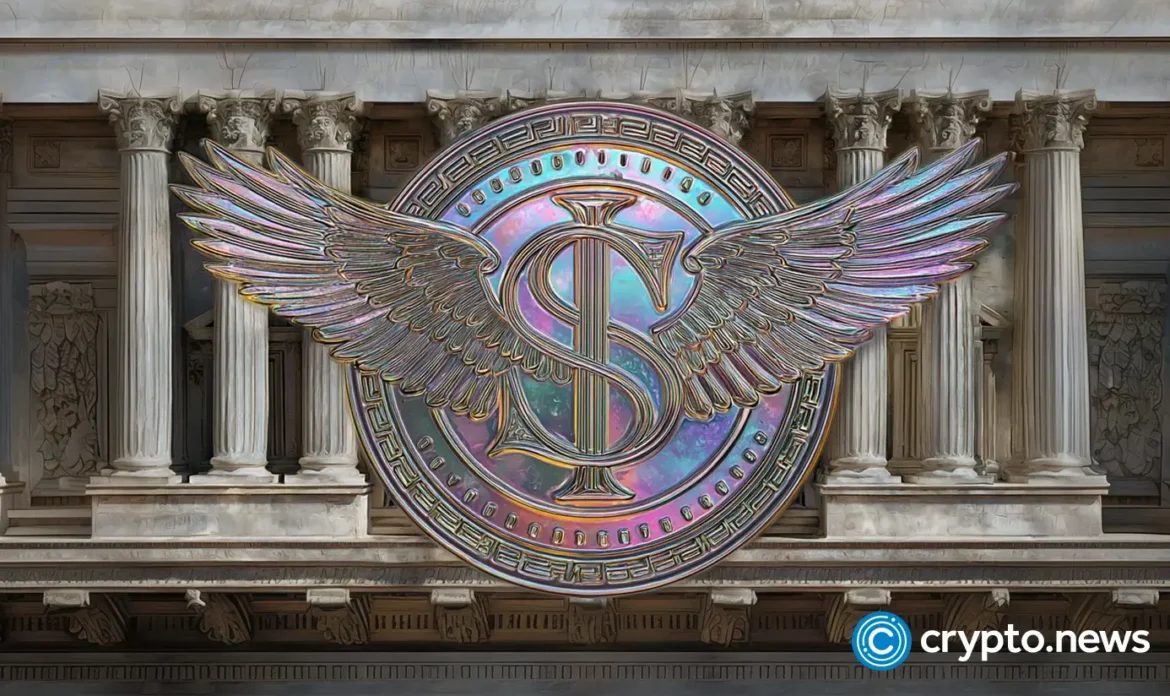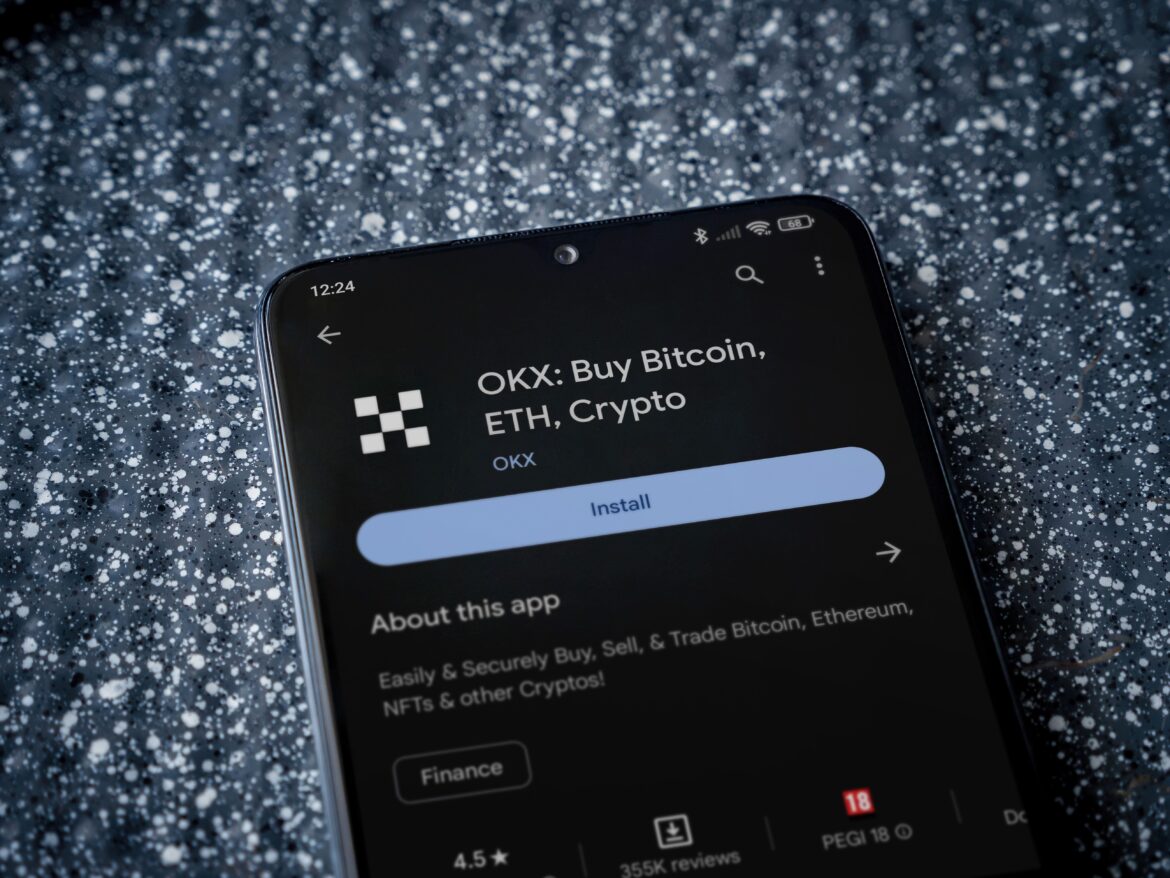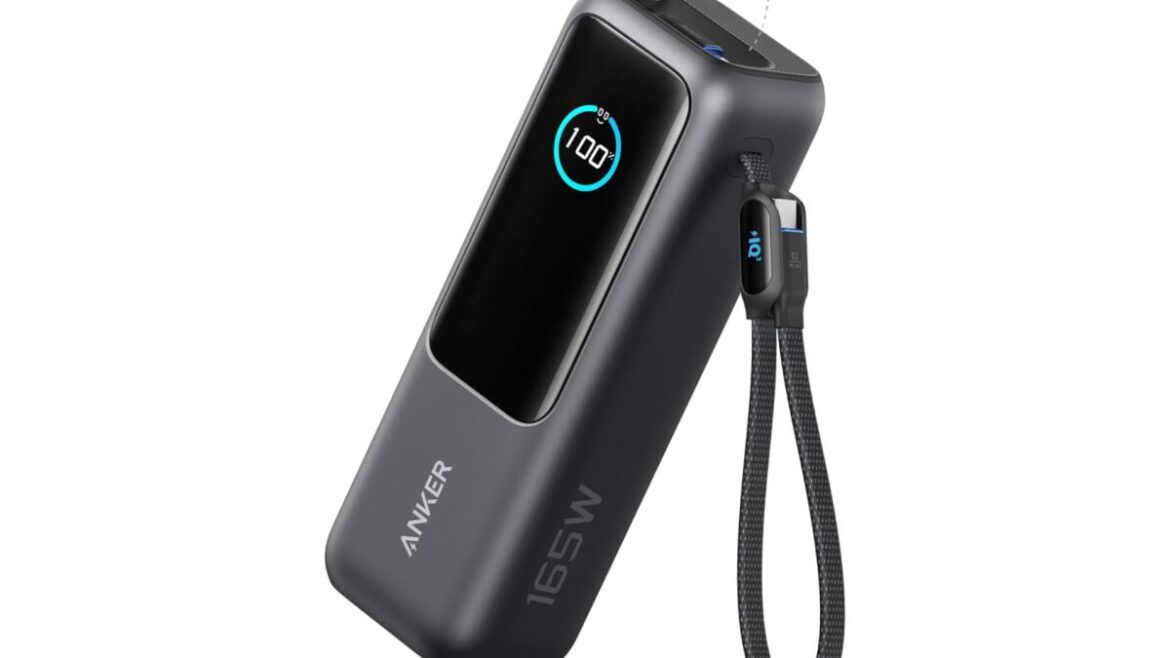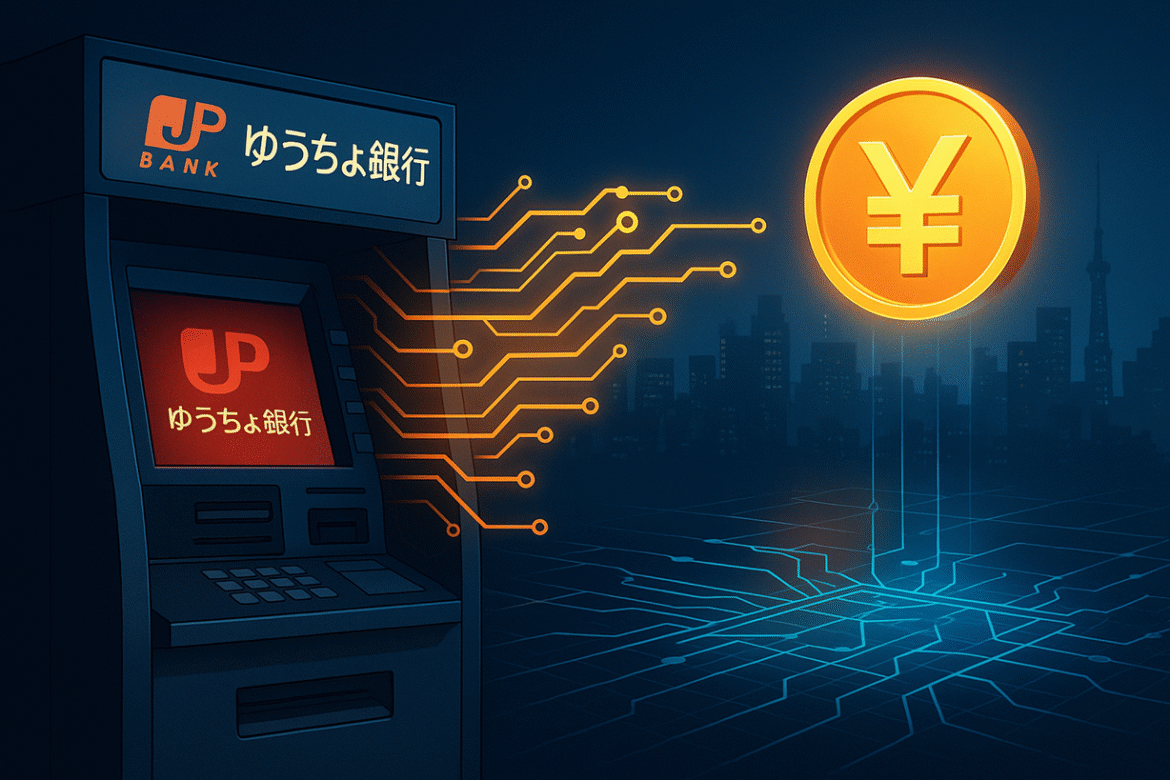Disclosure: The views and opinions expressed here belong solely to the author and do not represent the views and opinions of crypto.news’ editorial.
On last month’s Q2 earnings call, CEO Rick Wurster confirmed that Charles Schwab will soon launch spot crypto trading. More surprisingly, he stated, “We are going to launch a stablecoin.” Spot trading was expected — Schwab has been flirting with direct crypto access since at least 2024, when it was one of the largest buyers of newly approved spot ETFs. But a stablecoin? That was definitely new.
Summary
- Stablecoins are branding tools as much as payment rails — institutions issue them less to solve consumer needs than to signal leadership, control, and continuity in digital finance.
- Regulation flips the risk — under the GENIUS Act, a poorly managed coin can hurt, but a well-managed one almost automatically builds trust through compliance and transparency.
- The competition is evolving fast — from PayPal and SocGen to Tether’s political hires, tokens are becoming instruments of narrative power, not just technical settlement.
- Global momentum is undeniable — Asia and Europe are racing ahead with stablecoin frameworks, making absence from the field a bigger reputational risk than entry.
From a client perspective, it doesn’t make much sense. Schwab customers already have efficient fiat rails. Tokens like USD Coin (USDC) are liquid, proven, and widely accepted. So why would one of the most established brokerages in the United States go through the cost, risk, and regulatory headaches of issuing its own coin? Because in today’s financial markets, perception is product. And reputation is strategy.
Everyone suddenly wants a coin
Schwab is not alone. Societé Generale has launched its own euro-denominated stablecoin (EUR CoinVertible). In 2023, PayPal introduced PYUSD, drawing attention across the payments industry, a sector that had previously paid limited attention to web3 or stablecoins for settlement use. Now, Paxos has entered the field with the Global Dollar (USDG), a MiCA-compliant stablecoin supported by Kraken, Robinhood, and Mastercard under the GDN initiative. Even smaller regional banks and fintech startups are sketching out token plans.
This proliferation isn’t happening because every institution suddenly discovered a deep consumer need for new digital dollars. Stablecoins are already a crowded field — Tether (USDT) and Circle dominate globally, and their utility is, of course, unquestioned. The rush is happening because, at the brand and balance sheet level, a stablecoin is the new calling card of relevance.
For a bank, brokerage, or fintech, issuing a token would signal three things at once:
- We demonstrate alignment and continuity. By issuing a stablecoin, the institution shows it is evolving in step with the structural shift toward digital finance, while maintaining its place within the established order of the industry.
- We keep control. In-house stablecoins reduce reliance on third-party rails and create closed-loop ecosystems.
- We shape the narrative. A branded token is less about the mechanics of payments than about symbolism — the institution is not reacting to change, but actively defining what the digital future looks like.
SocGen didn’t launch EUR CoinVertible because Parisian clients were clamouring for another way to settle securities trades. They launched it because they wanted to demonstrate leadership in Europe’s digital finance narrative. PayPal’s PYUSD wasn’t about solving payments (PayPal has been solving payments since 1998). It was about repositioning PayPal as relevant in web3. The value lay less in transactional function than in institutional signalling. A stablecoin is not only a mechanism of settlement, but rather a declaration of intent.
In communications terms, every stablecoin is a brand statement as much as a financial instrument.
Schwab’s calculation
Schwab’s motives follow this same logic. First, a proprietary stablecoin keeps clients in the Schwab universe. With 37.5 million accounts and $10.8 trillion in assets, the firm already manages massive client balances. It also earns billions in interest revenue from idle cash. Why would it encourage clients to convert into USDC — giving up float and fees — when it can create a Schwab-branded instrument that keeps value internal?
Second, it positions Schwab for convergence. The firm may be skeptical about tokenization today, but it knows markets are moving slowly but surely toward onchain settlement of securities, funds, and other assets. Having a stablecoin ready is like keeping a spare key in the ignition: maybe you won’t need it immediately, but when the vehicle starts moving, you don’t want to be caught fumbling.
Third, it’s about reputation. Robinhood, once a scrappy — but great — disruptor, is now positioning itself as an innovator in onchain services, more recently signalling to be going after the UAE market. Fidelity has quietly been ahead of the pack in digital assets for years. Schwab, traditionally the stalwart of retail brokerage, cannot afford to look like the cautious cousin. The move allows Schwab to embody two identities at once: the steady hand trusted by millions, and the innovator ready to step into tomorrow’s markets. “We are measured, but we are ready.”
And lastly, not to be overlooked is that the competition is adapting quickly. Tether’s appointment of Bo Hines — a former senior White House official with deep connections in U.S. politics and finance is a signal shift. It’s no longer enough to be a technical leader; stablecoin players are building regulatory and reputational muscle, turning executive hires into power plays that help shape policy conversations and raise the competitive stakes. Schwab’s choice is therefore not just defensive, but strategic: if established players like Tether are getting savvier, Schwab must blend its trusted brand with visible moves in digital innovation.
Reputation as the new infrastructure
With the recent passage of the GENIUS Act in July 2025, launching a stablecoin is no longer a venture into regulatory uncertainty, but a test of operational excellence under a federal spotlight. Issuers like Schwab must comply with strict reserve, transparency, and consumer protection standards — every coin backed 1-to-1, every report public, every safeguard scrutinised.
Paradoxically, this makes the reputational stakes lower than in most forms of financial innovation. Innovation usually carries the risk of missteps, backlash, or unmet promises; here, the rules themselves keep experimentation in check. Institutions are not being asked to break new ground so much as to prove they can execute within a well-defined standard. That is why a poorly managed stablecoin would be damaging, but a well-managed one is almost guaranteed to reinforce trust.
This is the opportunity. A well-executed stablecoin is not just financial plumbing — we move from a tightrope to a well-projected and perceived image -reputational infrastructure. By demonstrating compliance, transparency, and integration with core services, institutions can signal continuity, control, and leadership in the digital era. Managed carefully, a branded token amplifies trust; mishandled, it undermines it.
Schwab’s communication strategy is paramount. The stablecoin must be framed, not as a speculative play but as a seamless extension of client service, leveraging regulation to deliver greater efficiency and trust, not disruption for its own sake. Messaging should foreground the firm’s alignment with -in its case- federal standards, its commitment to transparency, and the coin’s integration with established Schwab offerings.
For most clients, the coin itself is simply a symbol. Especially for more senior generations, what matters is Schwab’s enduring role as a reliable steward of their wealth. Managed carefully, the stablecoin can amplify trust; mishandled, it undermines it. In this new era, stewardship means more than safeguarding assets — it means guiding clients through technological change with the same consistency and reliability that built Schwab’s reputation in the first place.
Zooming out, stablecoins are less about new payment rails than about building reputational infrastructure for the next era of finance. They serve as narrative devices: declarations that an institution is part of the digital future, committed to safeguarding client relationships rather than yielding them to intermediaries, and equipped for whatever form markets take next. In a sector where trust underpins value, this signalling can matter as much as technical utility — which is why so many institutions are rushing in, not because the world lacks digital dollars, but because absence from this stage now signals irrelevance.
Looking beyond the US
And while much of the world is focused on the United States as the first mover, other administrations are quickly advancing their own stablecoin frameworks; Japan and South Korea aren’t waiting for global consensus. While others debate, they’re setting the pace on stablecoin regulation. Hong Kong, for instance, brought its new licensing regime for fiat-referenced stablecoins into force on August 1, 2025, making issuance a regulated activity overnight and underscoring how quickly jurisdictions are locking in rules. The most striking development, however, comes from China: one of the most restrictive jurisdictions for cryptocurrencies up to date is now reportedly weighing the introduction of yuan-backed stablecoins, a potential policy reversal that, if confirmed, could reshape the global conversation and remains to be assessed.
Across Washington, Tokyo, Seoul, and Beijing, the push to regulate stablecoins is no longer just about the back-end rails of finance, but about shaping institutional perception in the next chapter of global finance.
The story is being minted
Schwab’s stablecoin may never rival current incumbent ‘stables’ in adoption… It doesn’t need to. Its significance lies in the story it inscribes: that one of America’s most established brokerages is no longer content to observe from the sidelines, but is preparing — cautiously, strategically — for the moment when onchain finance becomes the infrastructure of global markets rather than a niche experiment.
Observing from the vantage point of finance, technology, and comms, this is less a product launch than a reputational hedge, a novel way of anchoring credibility in a landscape being quickly “coined” and rewritten. Schwab is not simply minting a token; it is minting its place in the contest for the next financial order. And in that race, where perception shapes power and trust underpins value, narrative is as consequential as liquidity. The race ahead will not be decided by balance sheets alone, but by the stories institutions choose to write into the fabric of finance. And those stories are only just beginning.
Laura Estefanía
Laura Estefanía is the founder and CEO of Conquista PR, a global strategic communications consultancy advising leading web3 companies on media, public affairs, and crisis communications. With a BA in Journalism (University of Vienna) and MSc in Political Economy (King’s College London), she leads emerging tech companies in navigating the intersection of finance, internet culture, and policy. Laura has spoken at NFT Paris, Taipei Blockchain Week, Crypto Expo Dubai, Zebu Live, Merge Madrid, and South Summit, and is a recurring radio guest in Spain, offering expert commentary on digital assets, regulation, and the evolving global economy.










